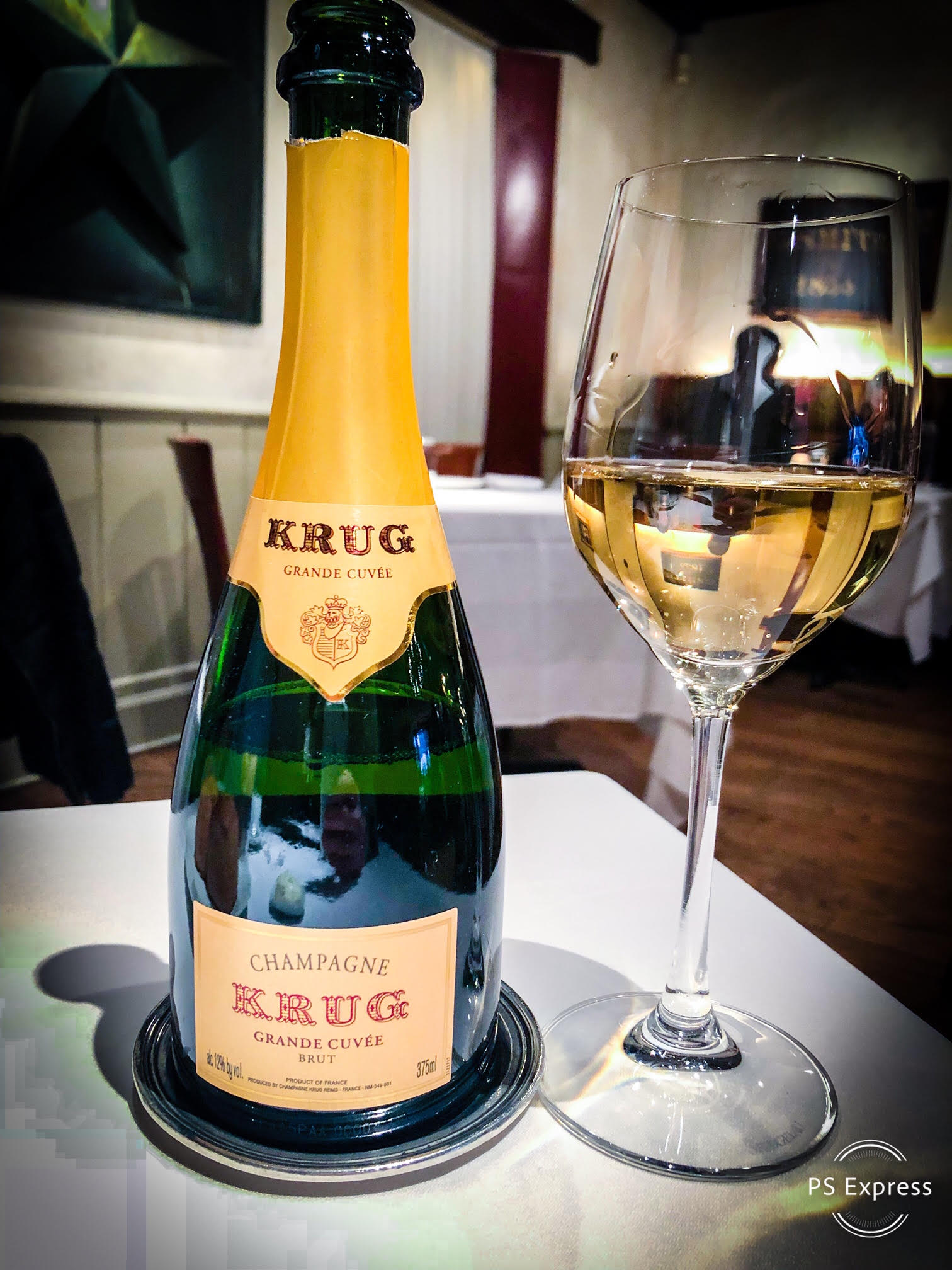As snow continues to descend upon this manic Monday in Seattle, we bring you one of the best out of Oregon and the Dundee Hills. Founded back in in the 1980s, the Domaine Drouhin Oregon was masterminded by famed Burgundy producer, Domaine Drouhin, headed by Robert Drouhin, who decided to purchase land in the Dundee Hills. What was previously only Christmas trees and wheat, the Drouhin family began planting their first vineyards in Oregon. Robert chose his daughter, Véronique, to serve as DDO winemaker, and her brother Philippe Drouhin took responsibility for viticulture. In 1988, DDO produced its first vintage, from purchased grapes, and in 1989 built the landmark, four-story gravity flow winery.
I visited the winery several times last year and am always blown away with the sweeping views of the valley. Domaine Drouhin Oregon has been one of my favorite stops since I first visited the Willamette Valley in 2002. My uncle, Dr. Brian Lueth, first introduced me to this estate, with some epic ‘Laurene’ bottling from the 1990s and early 2000s. Needless to say, quality has remained very high at this famed Oregon estate.
The new release Pinot Noir wines were exceedingly good, none more so than their 2015 Domaine Drouhin Oregon ‘Laurene’ Pinot Noir (WWB, 94) which needs more than an hour decant but shows incredible poise and richness from this warm vintage in the Willamette Valley. This is truly one for the cellar. bI was also hugely impressed with their new entry level release, their 2016 Domaine Drouhin ‘Dundee Hills’ Pinot Noir (WWB, 92) which would stand out against many other ‘Reserve’ bottlings in Oregon. Learned more about this iconic Oregon winery at http://www.domainedrouhin.com/ Here are the awesome new releases from Domaine Drouhin Oregon.
2016 Domaine Drouhin ‘Dundee Hills’ Pinot Noir- The 2016 Domaine Drouhin ‘Dundee Hills’ PInopt Noir is another silky and highly intoxicating effort from this storied estate. On the nose this gathers rose petal with cran-cherry, black truffle crudo and black tea aromas that build in the glass. The palate is silky smooth, showing a soft texture. Red cherry puree, black plum, peat moss and wild blackberry preserve flavors all marvelously combine. Delicious now, the wine will continue to evolve well over the next decade or more. Drink 2019-2029- 92
2016 Domaine Drouhin ‘Louise’ Pinot Noir- The ‘Louise’ Pinot Noir is a gorgeous new release wine by Domaine Drouhin. The nose is initially muted and needs more than an hour decant prior to opening up. Red cherry candy, peat moss, forest floor, salted milk chocolate covered raspberry flavors all beautifully combine in the glass. This beautifully textured wine will have a long life ahead of it — just try to hold off on enjoying this wine for another year. Drink 2020-2035- 93
2015 Domaine Drouhin ‘Laurene’ Pinot Noir- The 2015 Domaine Drouhin ‘Laurene’ Pinot Noir is another stunning wine from this famed Dundee Hills winery. Named after Véronique Drouhin’s elder daughter, Laurène, this beautiful wine is always held back an extra year by the winery. This gorgeous new wine needs a one hour decant prior to opening up. Once aroused this shows off red currant, white pepper, black truffle shaving and cran-pomegrnate aromas that fill the glass. The palate shows a beautiful, soft texture. Copious red fruit, citrus rind and black tea with forest floor flavors all marvelously combine. Elegant and showing good weight, this beautiful wine will continue to cellar well for the next two decades. Drink 2020-2040- 94








































